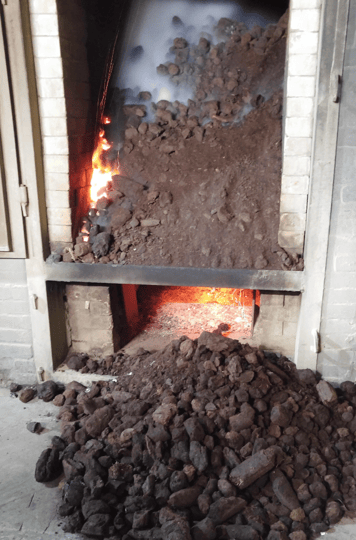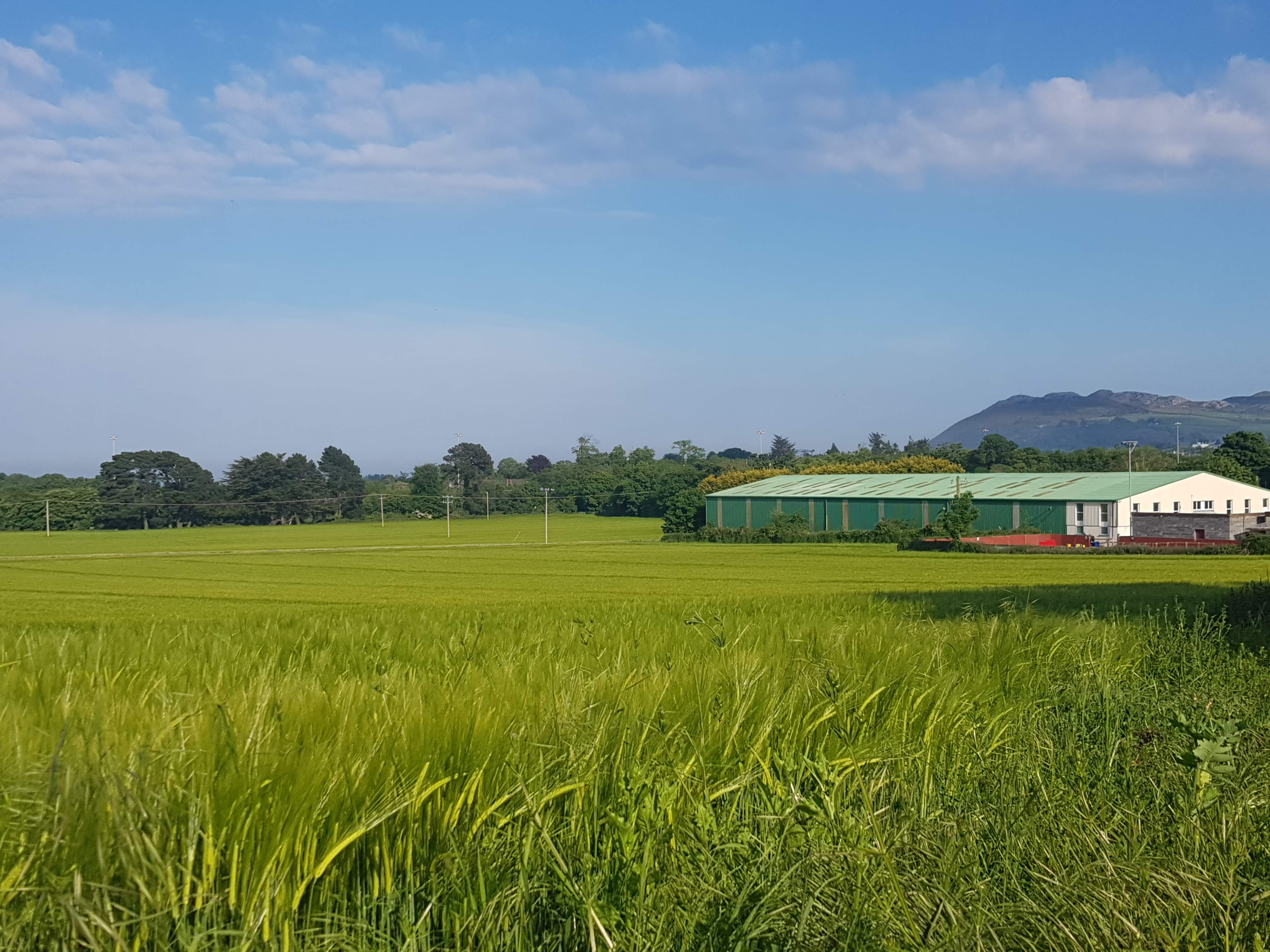The Malting Process
Think of Malting as the fast food for yeast, this process is very important in the production of whiskey.
For yeast to do it's job and create alcohol, it must digest sugars. Sugars are naturally contained in various cereals, but often in the form of more complex starches, which are harder for yeast to break down.
Malting is the process of turning the starches hidden in, for example barley, into shorter and less complex sugars, making it much more manageable for the yeast to digest.

Malting is achieved by creating an environment where barley, actually the best cereal for malting, is encouraged to grow. The perfect conditions are typically warm and moist.
Timing is also the key factor, as the barley will naturally eat up these sugars growing if they are not caught in time. The process is put on hold or paused by heating the barley up to a certain point where it can no longer grow. By doing this, it dries out and leaves behind small packed lunches with sugar filled goodness for the yeasts to devour.
What is Malt Whiskey?

The most recognised type of whiskey in the world is single malt whiskey, which is comprised of 3 simple ingredients; water, barley and yeast. What does single malt mean? Occasionally these whiskeys will be made from barley that has first been smoked with peat. This imparts a smokey flavour to the whiskey, something that whiskey drinkers either love, or hate! The islands of Islay, Skye and Orkney are the most well-known producers of peated whiskeys, with brands such as Laphroaig, Ardbeg, Talisker and Highland Park producing notably smokey whiskeys.



.png?width=75&name=potstill-e1500501269525%20(1).png)
